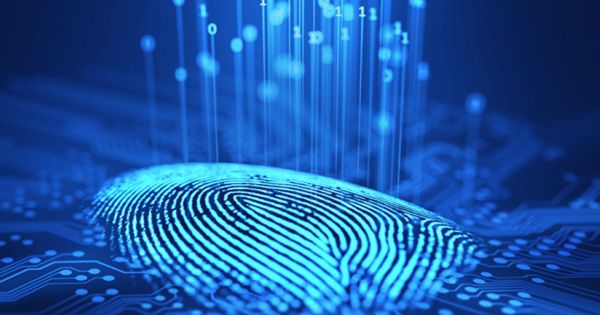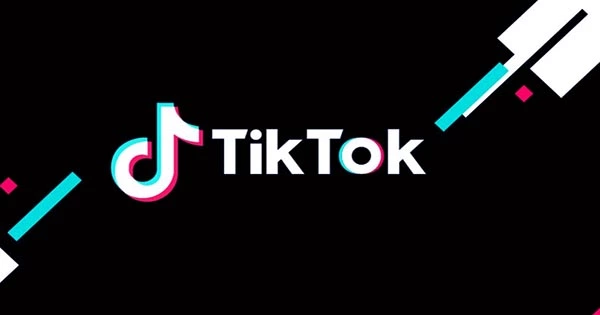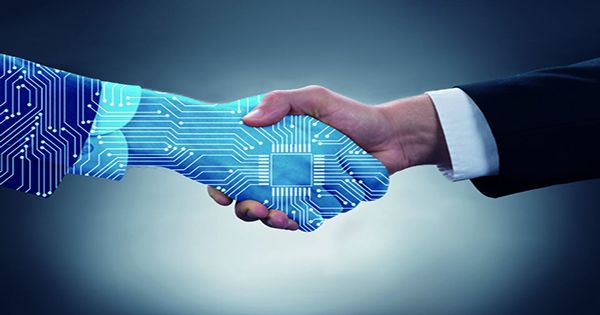Many technological advances have been expedited by the COVID-19 pandemic — how many of us understood what Zoom was before last spring? Rapidly created mRNA COVID vaccines are a case study in scientific and technological advancement in and of themselves. Now, efforts in the United States and Europe to require confirmation of vaccination for a variety of activities provide a glimpse of the enormous opportunities that could emerge as identification technology advances – as well as a warning of the potential hazards if not done correctly. In the United States, verification is provided by a small piece of black and white paper — or even a photograph of it — on which details of one’s immunization record are frequently scribbled. It appears to be a relic from another period. Compare that to the Digital COVID Certificate issued by the European Union. Its scannable QR code provides immediate access to data from government health systems, including vaccination status, COVID-19 test results, and even infection-specific acquired immunity.
A digital ID is something like the Digital COVID Certificate. Governments are rapidly embracing these technologies to address a global issue: the lack of official identification for one billion individuals worldwide. This is a significant impediment to participation in modern society, limiting access to jobs, school, and even fundamental daily activities. Individuals can use digital IDs to the bank, vote, travel, get government services, and protect their social media profiles and interactions, making them easier and safer. However, here is the rub: digital IDs may also be used to limit liberties, enhance surveillance, and make many of the things they designed to make easier more difficult. Concerns over privacy protections in India, as well as paperwork requirements in Kenya that excluded already vulnerable people, have made national digital ID systems difficult subjects in recent years (indeed, the Kenyan High Court ruled the IDs invalid after finding the government failed to properly safeguard citizen privacy in the rollout). Even in Europe, some fear that the EU COVID certificates will restrict the migration of persons in low-income countries who are unable to comply with the demanding “chain of trust” that is often required when creating digital IDs.
This is part of a bigger trend over the last decade, in which people at all levels of society have become more reliant – and to a degree hostage – on digital tools and platforms outside their control. The COVID-19 epidemic and the transition to virtual interactions have heightened the importance of this digital revolution. If digital ID systems are to deliver on their promise, they must be accompanied by strong regulations and technical architecture that ensure they expand rather than limit people’s rights and liberties. More people need a voice to guarantee that these systems grow rather than limit freedoms and possibilities, but citizens, residents, and consumers’ demands, experiences, and rights are frequently overlooked when designing digital ID technologies and legislation. These missed chances might have serious implications, such as digital ID programs that compromise privacy, pose security issues, and exclude, marginalize, and even put people in danger. Data leaks, cyberattacks, economic ramifications, and a loss of public trust are all risks for governments and corporations that rely on such defective programs.
In recent years, a group of privacy and security activists has been collaborating with corporations, governments, and civil society organizations to promote their shared conviction in the numerous benefits of digital IDs—while also addressing their equally strong worries about the risks. They devised a strategy for producing digital IDs that adhere to the Good ID standard. The Good ID method entails using a set of best practices to create ID systems and policies that allow people to interact with the digital world freely and safely. Digital IDs should recognize as protected assets controlled by individuals and protected by law, with a focus on privacy and security. Inclusion, openness, and accountability are all important aspects of good ID. It encourages people to take an active role in their own identity management. For example, a business in Canada is collaborating with Indigenous communities to create secure digital IDs that will make it easier to preserve federally mandated rights.
















